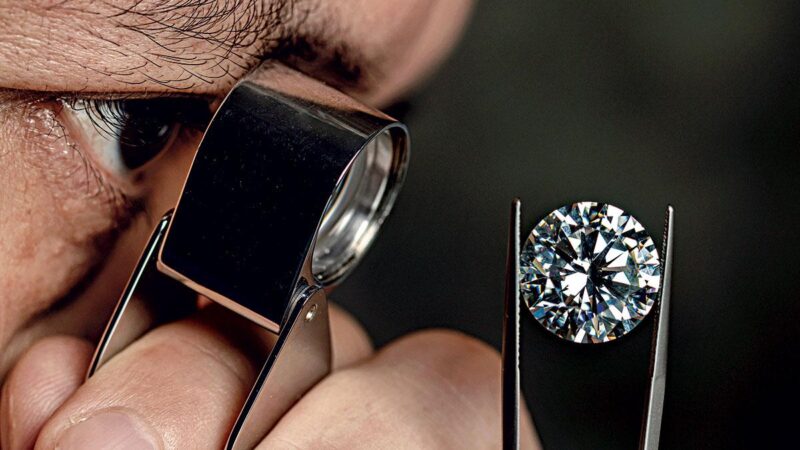Diamonds are among the most highly valued and sought-after precious stones in the world. For centuries, they have been treasured for their exquisite beauty and rarity. However, with advances in technology, it is now possible to create them in a laboratory setting. These lab-grown diamonds have become increasingly popular in recent years, with many consumers opting for them over their natural counterparts. In this comprehensive guide, we will discuss 8 things you need to know before buying it.
Lab-grown diamonds are real ones

The first and most important thing to know about them is that they are real. They are created using advanced technology that mimics the natural process of diamond formation. The result is a diamond that has the same physical, chemical, and optical properties as a natural one. The only difference is that lab-grown ones are created in a matter of weeks, whereas natural ones take millions of years to form.
They are more affordable
Since they are created in a laboratory, the cost of mining and transportation is eliminated, making them less expensive to produce. This cost savings is passed on to the consumer, making lab grown diamond a more affordable option for those looking to purchase a high-quality diamond.
They are ethically sourced
Natural diamonds have a history of being associated with conflict and human rights abuses, known as “blood diamonds.” In contrast, lab-grown ones are produced in a controlled environment, with no risk of human rights violations. This makes them a more ethical and sustainable choice for consumers.
They come in a variety of colors

They come in a variety of colors, including yellow, pink, blue, and green. This is because they can be created with specific color properties by introducing trace elements during the growth process. Natural ones, on the other hand, are typically white or clear.
They are graded using the same criteria as natural diamonds
The four Cs – cut, color, clarity, and carat weight – are used to determine the quality and value of it. This means that a lab-grown diamond can be just as high quality as a natural one, and the grading process ensures that consumers know what they are getting.
They require less environmental impact
Diamond mining is a resource-intensive process that has a significant impact on the environment. The production of lab-grown diamonds, on the other hand, requires less energy and fewer resources, making them a more sustainable option. This is because they are created in a controlled environment, with no need for heavy machinery or large-scale mining operations.
They have a lower resale value

While lab-grown diamonds are more affordable than natural ones, they also have a lower resale value. This is because the market is still relatively new, and there is less demand for them in the second-hand market. However, if you are purchasing a diamond as a long-term investment, the lower initial cost may offset the lower resale value.
They are a great option for unique designs
Because they can be created with specific color properties and shapes, they are a great option for unique and customized jewelry designs. This allows for greater creativity and flexibility in design, resulting in one-of-a-kind pieces that are sure to be treasured.
In conclusion, lab-grown diamonds are a real, ethical, and affordable alternative to natural ones. They offer consumers a more sustainable and customizable option, without sacrificing quality or beauty. However, it is essential to do your research and purchase from a reputable dealer to ensure that you are getting a high-quality lab-grown diamond. With this comprehensive guide, you now have the knowledge to make an informed decision when purchasing it.


